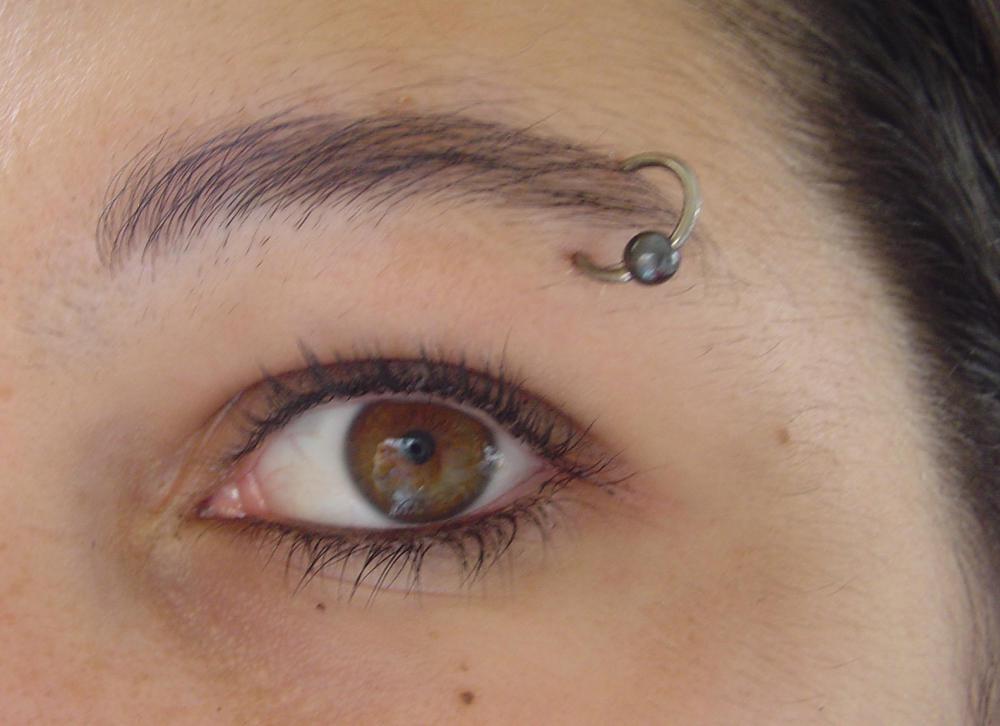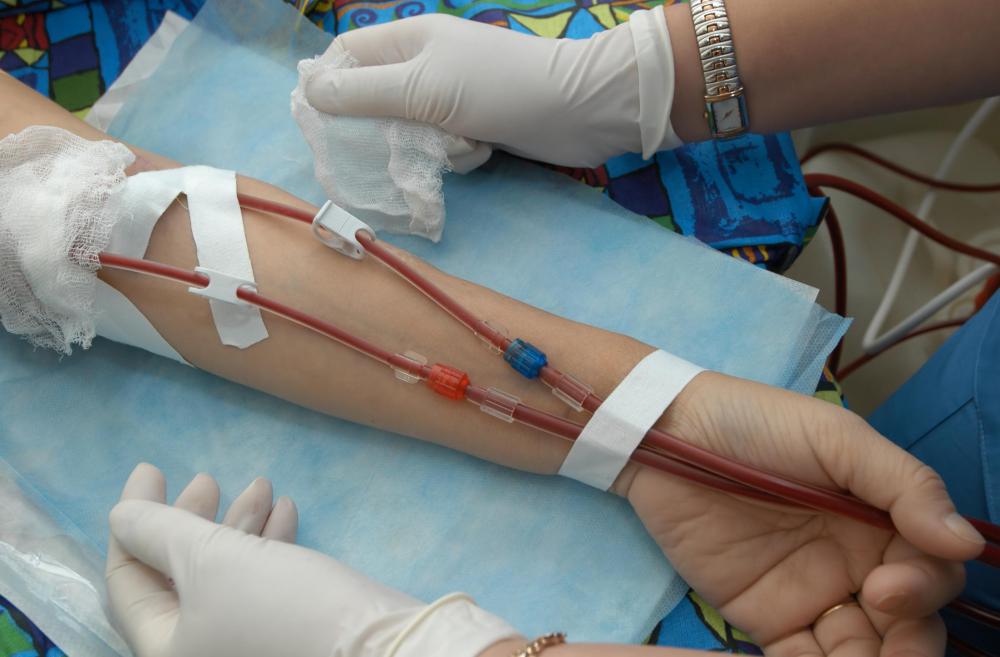At WiseGEEK, we're committed to delivering accurate, trustworthy information. Our expert-authored content is rigorously fact-checked and sourced from credible authorities. Discover how we uphold the highest standards in providing you with reliable knowledge.
What are the Different Methods of Hepatitis C Transmission?
Hepatitis C transmission usually takes place when someone is exposed to the blood of a carrier of the hepatitis C virus. Exposure to infected blood is the biggest risk factor for hepatitis C transmission, and many people contracted hepatitis C via blood transfusions prior to the routine screening of the blood supply for contagious diseases. It is also possible to contract hepatitis C indirectly through contact with objects exposed to blood contaminated with hepatitis C. There have also been cases of hepatitis C transmission through sexual activity and from new mothers through their newborn infants, though both types of transmission are rare.
There are several types of hepatitis, all of of which affect the liver. Over time, hepatitis C can result in significant liver damage as well as liver cancer. Unlike those infected with other types of hepatitis, many people who have hepatitis C don't have any discernible symptoms until and unless their liver becomes damaged. Once this happens, the health of a hepatitis C suffer can decline dramatically.

While hepatitis C is a blood-borne illness, it can be contracted both by direct contact with blood as well as secondary transmission through contact with a needle, knife, or other instrument that has been exposed to the blood of someone with the hepatitis C virus. For this reason, hepatitis C transmission can take place between drug users who share intravenous needles or among medical patients in places where appropriate sterilization procedures are not performed on medical equipment. There is also a risk of hepatitis C transmission in tattoo and piercing parlors where needles are reused or not properly sterilized. Similarly, customers of salons and nail shops should ask about the sanitary procedures used by manicurists, as the tools used to trim cuticles and cut nails could be contaminated.

It does not appear that hepatitis C transmission is possible via contact with saliva or simply by being in proximity with someone who carries the virus. Sexual transmission of hepatitis C is possible, though some researchers have noted that some people who supposedly contract hepatitis C from a sex partner share certain lifestyle characteristics, such as IV drug use, with that partner. As such, incidences of actual sexual transmission may be lower than the already low numbers currently reported. Other modes of transmission, such as from mother to fetus during pregnancy, are likewise rare, as are cases of people contracting the virus while living with someone who has hepatitis C.
AS FEATURED ON:
AS FEATURED ON:













Discuss this Article
Post your comments